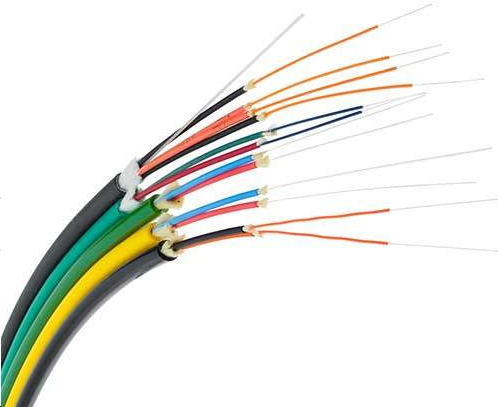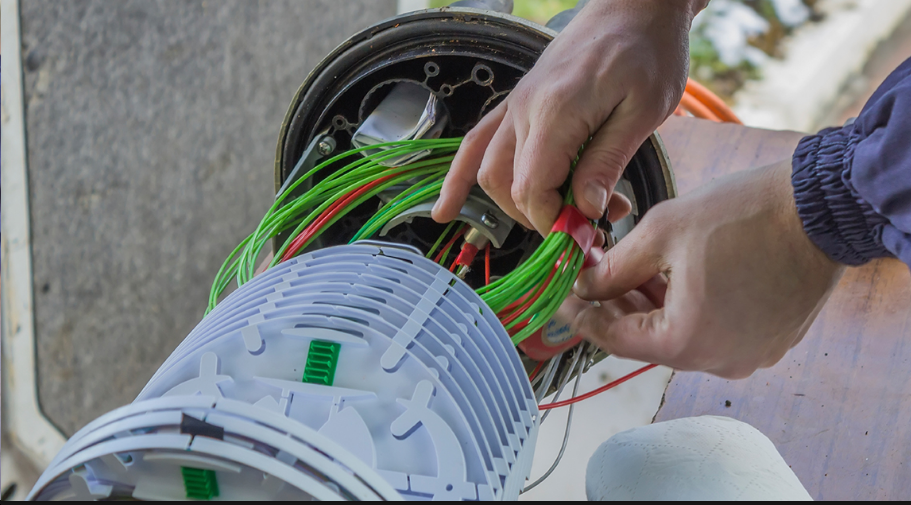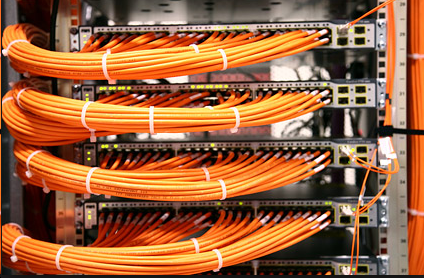- Related articles
- All Cisco MGBSX1's information (List price, Specs, Datasheet PDF, Compatibility matrix)
- How to Distinguish Coaxial Cable and Fiber Optic Cable?
- What is a Laser Diode?
- All Cisco SFP-GE-S's information (List price, Specs, Datasheet PDF, Compatibility matrix)
- What Is GYTZA Fiber Optic Cable?
- All Cisco CWDM-GBIC-1530's information (List price, Specs, Datasheet PDF, Compatibility ma
- What is a PCI Express slot for?
- Optical Transceivers for Cisco SF500-48-K9-G5 Switch
- Optical Transceivers for Cisco N5K-C5010P-B-S Switch
- 10GBASE-T or SFP Plus

With the rapid development of network communication technology, traditional wires are gradually replaced by fiber optic cables in many areas. We know it’s the fiber inside the fiber optic cable that carries information or data to transmit, and fiber is a super thin and flexible glass fiber which is structurally lighter and softer than wires. Therefore, it’s easy to understand fiber optic cable is the most efficient transmission media in modern life. Below will elaborate the advantages of fiber optic cables.
Why are fiber optic cables put into use?
Fiber optic cables have been greatly growing in popularity as a result of its quite convenient structure and high performance. From a view of availability that is the main value of fiber optic cables, fiber optic cables perfectly solved two great issues comparing with the traditional wires: transmission performance and installation or application.
Advantages on transmission performance
First is the high bandwidth, which gives fiber optic cables huge capacity of communication.
Second is the small attenuation. it can be said that signal is a constant within a long distance or wide range.
Third is the good performance of electromagnetic insulation. As in the fiber optic cable, information or data is transmitted through light beam. The light beam is not subject to external electromagnetic interference and influence, and itself does not radiate signals, so it is quite suitable for long-distance transmission of information and occasion which requires a high security.
Next is the repeater interval is large. As a result of low loss during transmission, the relay distance could be longer. In other words, you can reduce the number of repeaters throughout the channel, which makes great contribution to reducing the communication cost and enhancing the stability of communication.
Advantages on installation or application
Light weight, small size. Fiber optic cables are able to install in quite limited space such as data center. Instead of the complex and intricate cabling, cabling with fiber optic cables is easily managed.
The operation of fiber optic cables is free of electricity and provides great security guarantee, quite applicable for flammable, explosive environments.
Fiber optic cables are capable of operating in a wide range of temperature, and resistant to chemical corrosion, so they are popularly used in the harsh or special environments, such as oil filed, refineries and mines and so on.
Less metallic materials are used. As the main material of fiber is quartz that is a inexhaustible material on earth. While the main material of traditional wire cables is copper which is not very rich on earth. Basically, there will be less metallic materials put into use.
Conclusion
The benefits brought by fiber optic cables for human and society are actually more than above. Knowing the advantages of fiber optic cables not only makes ourselves have better choices when in need, but also, everyone of us should take responsible for protecting well the nature and matters that bring benefits to human.
























































